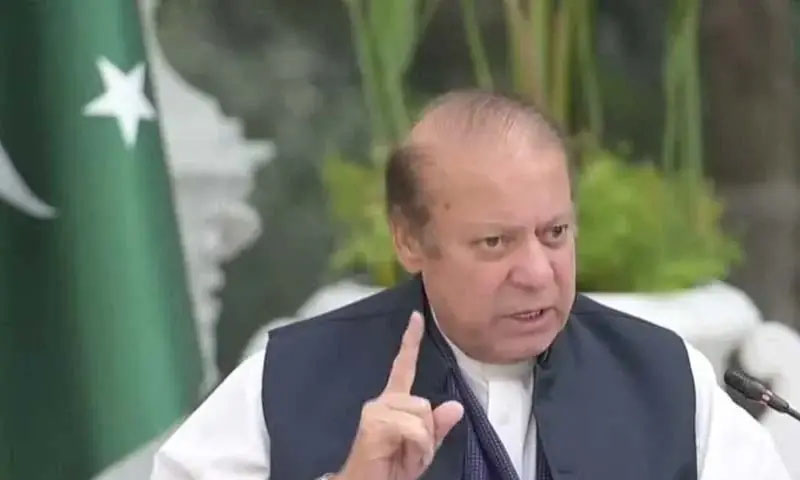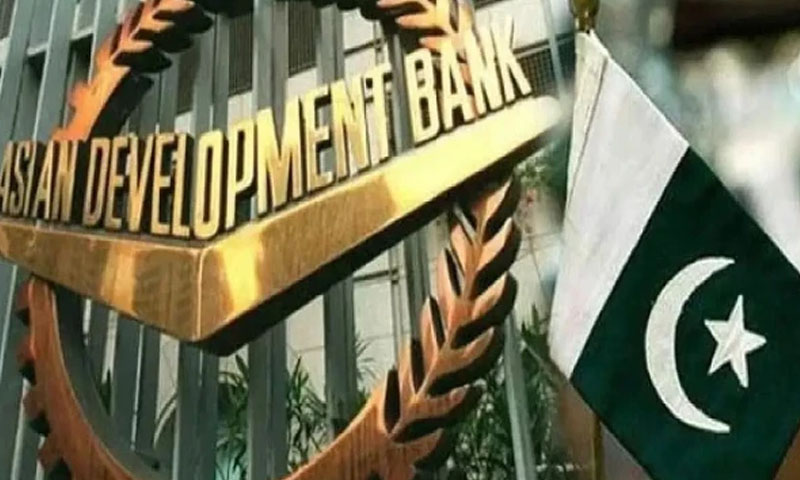- Web Desk
- Today
How will electricity prices cut benefit consumers in Pakistan?
-
- Web Desk
- Apr 04, 2025

ISLAMABAD: The federal government recently announced a reduction in electricity prices across Pakistan, with Rs7.41 per unit for domestic user and Rs7.59 per unit for industrial consumers. But how much will this reduction impact an average Pakistani battling economic inflation and skyrocketing prices of basic commodities?
The reduction in electricity prices comes at a critical time as the country grapples with the repercussions of United States (US) tariffs on exports from Pakistan, among other fiscal pressures.
Read more: Pakistan to discuss tariffs the US following Trump’s announcement
Overview of Pakistan’s economy
As of April 2025, Pakistan’s GDP growth was reported at 2.52 per cent for fiscal year (FY) 2024. This marks a recovery from a contraction of -0.2 per cent in FY23.
The agricultural sector in particular showed growth (6.25 per cent), while the industrial production struggled, missing the projected target of 3.5 per cent.
Meanwhile, per capita income in the country of 240-million people increased to $1,680, up from $1,551 the previous year.
However, the country’s gross national product (GNP) was reported at $393.888 billion in December 2024. GNP refers to the products and services produced by the residents of a country within a single year, providing a far better view of a country’s domestic economic activity since it measures the total income generated by residents; this income includes investments from abroad, while excluding income earned by foreigners within the country, who are likely to take these earnings abroad.
The focus on national income provides a clearer picture of the economic resources available to residents, reflecting local economic impact and captures remittances from citizens working abroad.
Inflation in Pakistan
Inflation also remains a critical issue for Pakistan, with the inflation rate expected to bottom out at 6 per cent in FY25; driven by base effects and lower commodity prices. The poverty rate is estimated to remain unchanged at 42.3 per cent in FY25, hinting at ongoing economic struggles.
The World Bank reported that poverty increased slightly amidst recent shocks, with an additional 2.6 million Pakistanis falling below the poverty line in FY24.
Issues within the electricity sector
Meanwhile, the electricity sector continues to grapple with several issues, such as electricity theft, non-payment by commercial enterprises and an ageing infrastructure. These all contribute to inefficiencies and financial losses to the tune of billions.
While the government has acknowledged the need for restructuring local power discretion companies and reforming collection methods, little has been done practically.
Impact of electricity prices cuts on Pakistan consumers
The announced reduction in electricity prices is expected to provide immediate relief to consumers, particularly as the summer months approach when electricity demand increases tenfold.
The rate per unit, which stood at Rs58.35 in June 2024, was reduced to Rs48.19, marking a decrease of Rs10.3 per unit.
The government positioned the reduction in electricity prices as aimed at boosting industrial competitiveness by lowering manufacturing costs.
It also indicated several reforms, including renegotiating agreements with the Independent Power Producers (IPPs), already led to substantial savings for the national exchequer (Rs3,696 billion).
Read more: PM announces massive relief in electricity prices
However, with stagnant wages and in the context of rising inflation, the reduction in electricity prices in Pakistan will have a nominal impact for the average citizen long-term.
Petrol prices, which play a far larger role in providing any relief for the average citizen, were only reduced by a mere rupee recently; while, Pakistanis spend around 17 per cent of their monthly wages on fuel.





